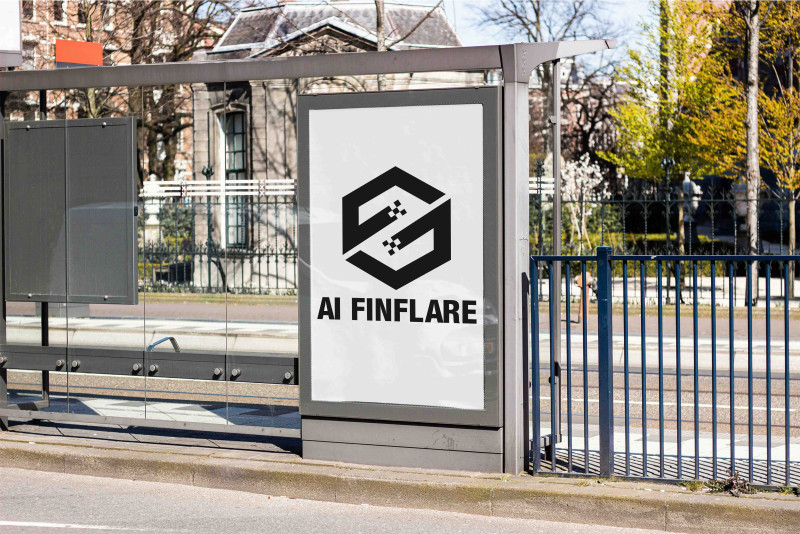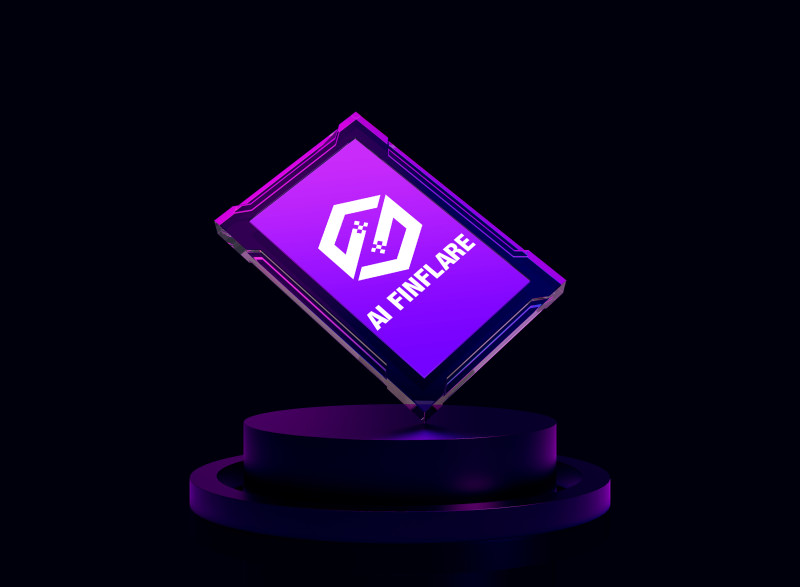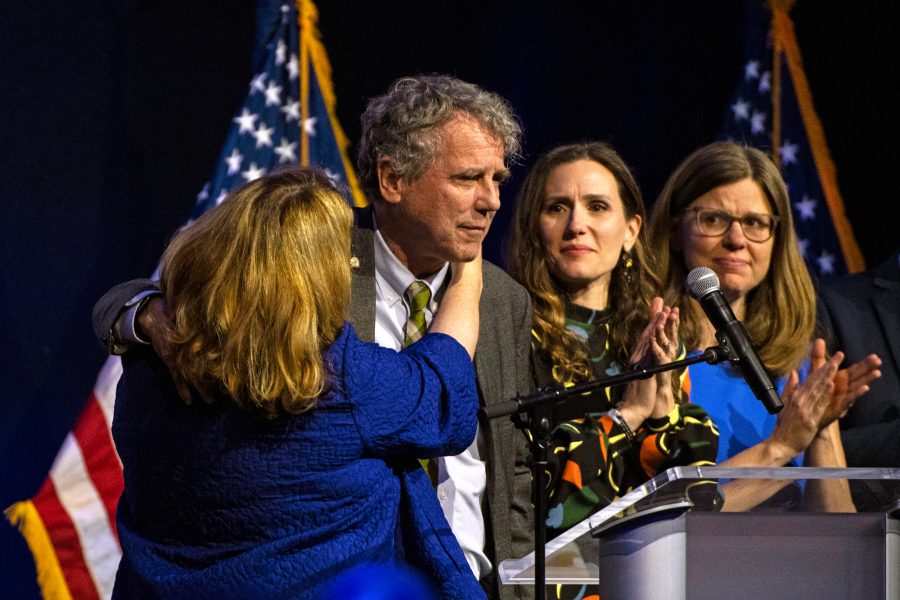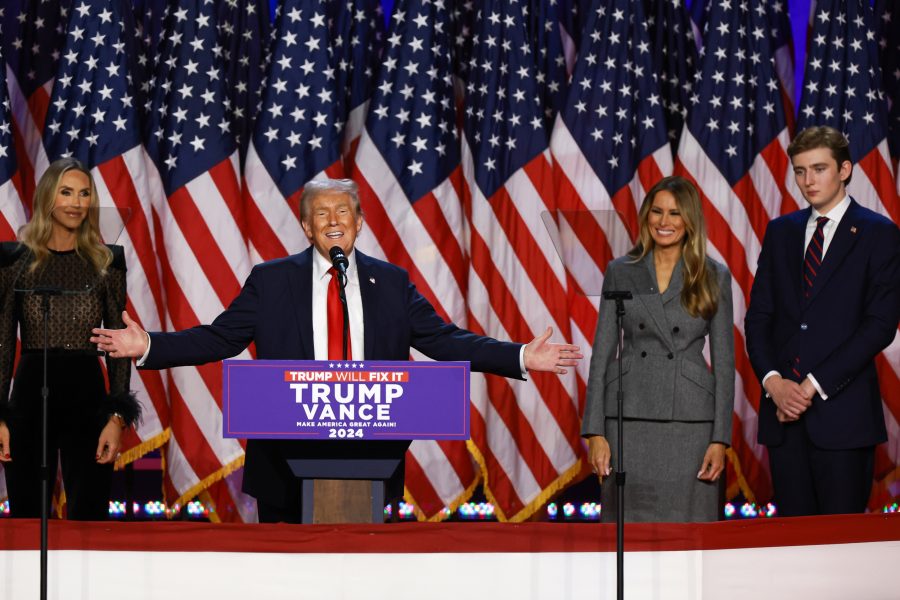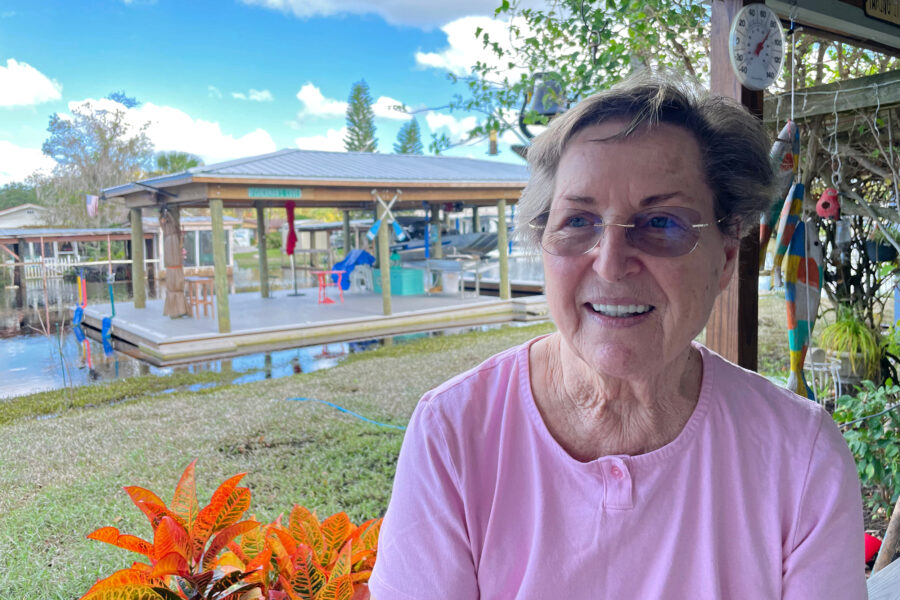Green Energy Justice Cooperative Selected to Develop Solar Projects for Low Income, BIPOC Communities in Illinois
The Green Energy Justice Cooperative recently placed first, second and fourth in the Illinois Power Agency’s second round of community-driven community solar project selection.
Being selected for this solar development program, made possible through the Illinois Climate and Equitable Jobs Act, represents an important step in developing and building clean energy projects in Illinois communities. The co-op, founded by environmental justice group Blacks in Green and local partners, is now applying for renewable energy credits totaling $12.5 million.
Green Energy Justice Cooperative’s proposals are for three solar developments that together will produce nine megawatts of solar power. The developments, planned for development in or near Aurora, Naperville and Romeoville, will bring down energy costs in low- and moderate-income households as well as Black and brown communities west of Chicago.
Once completed, the projects will allow households that don’t have access to or ownership of a rooftop to save money on their electric bills. Subscribers become co-owners of the cooperative and have a voice in the management and share in the profits generated.
We’re hiring!
Please take a look at the new openings in our newsroom.
See jobsProject leaders are now proceeding with applications for renewable energy credits from the Illinois Power Agency, which will help finance the project’s development.
“That’s a major piece that makes the project financially viable and feasible,” said Wasiu Adesope, the project manager at Blacks in Green.
While those renewable energy credits will provide an important piece of funding, the project will also need more financing. Adesope said that they’re not just looking for traditional lenders, but financiers that are invested in their cooperative’s mission.
While in some cases renewable energy development is located far from the communities who use it, the GEJC developments will be built for and by the community. The Illinois Power Agency’s community-driven community solar criteria states that local communities initiate the development and that the projects are located in those communities.
‘We Have to Be Involved in Big Projects’
Nearly a decade ago, as part of his position at Heaven’s View Christian Fellowship in Peoria, Illinois, the Rev. Tony Pierce began organizing around climate issues and assisting in negotiations for the Illinois Future Energy Jobs Act. The bill, which passed in 2016, led to a solar workforce training program that Pierce helped found.
“If we’re talking about creating jobs that are going to move people out of poverty into the middle class, particularly with BIPOC people, then we have to be involved in big projects that could hire people at scale,” Pierce, the vice president of GEJC, said.
Blacks in Green developed the Green Energy Justice Cooperative with multiple community based organizations, including nonprofits and LLCs affiliated with Pierce’s church, in the Chicago area. Pierce said they wanted to develop and own these solar projects.
Pierce and other organizers weren’t completely satisfied with some of the 2016 law’s outcomes. Despite the fact that 40 percent of the Illinois population identify as people of color, BIPOC contractors ended up with less than 2 percent of the revenue from the Future Energy Jobs Act, according to Pierce.
Pierce returned to the state capital to negotiate what would become the Climate and Equitable Jobs Act. He knew they needed to create programs that would enable BIPOC contractors to benefit from the clean energy transition. Although the Future Energy Jobs Act created a community solar program that allowed subscribers to share a large solar project and collect credits for their share of the generated power, few of these projects ended up in Black and brown communities.
The Climate and Equitable Jobs Act, passed in 2021, created the state’s community-driven community solar program. This program included more involvement from local communities and rules surrounding the projects meant a portion went specifically to Black and brown communities. The new program gets more BIPOC contractors and communities involved than the traditional community solar program.
People who participate in the solar training program will be doing much of the installation of the community-driven community solar projects, including those GEJC proposed. The developments are now on track to become one of the biggest non-utility-based solar developments owned by a clean energy co-op, according to BIG.
This type of solar development has been seen in other parts of the country, like those developed in Minnesota by Cooperative Energy Futures, a developer providing guidance to GEJC. Adesope is looking forward to seeing it further implemented in Illinois.
“I’ve seen disenfranchised communities that are usually at the receiving end of various programs where you have the imposition of models,” Adesope said. “But this model … every member has equal decision-making ability.”
Share this article
Disclaimer: The copyright of this article belongs to the original author. Reposting this article is solely for the purpose of information dissemination and does not constitute any investment advice. If there is any infringement, please contact us immediately. We will make corrections or deletions as necessary. Thank you.
